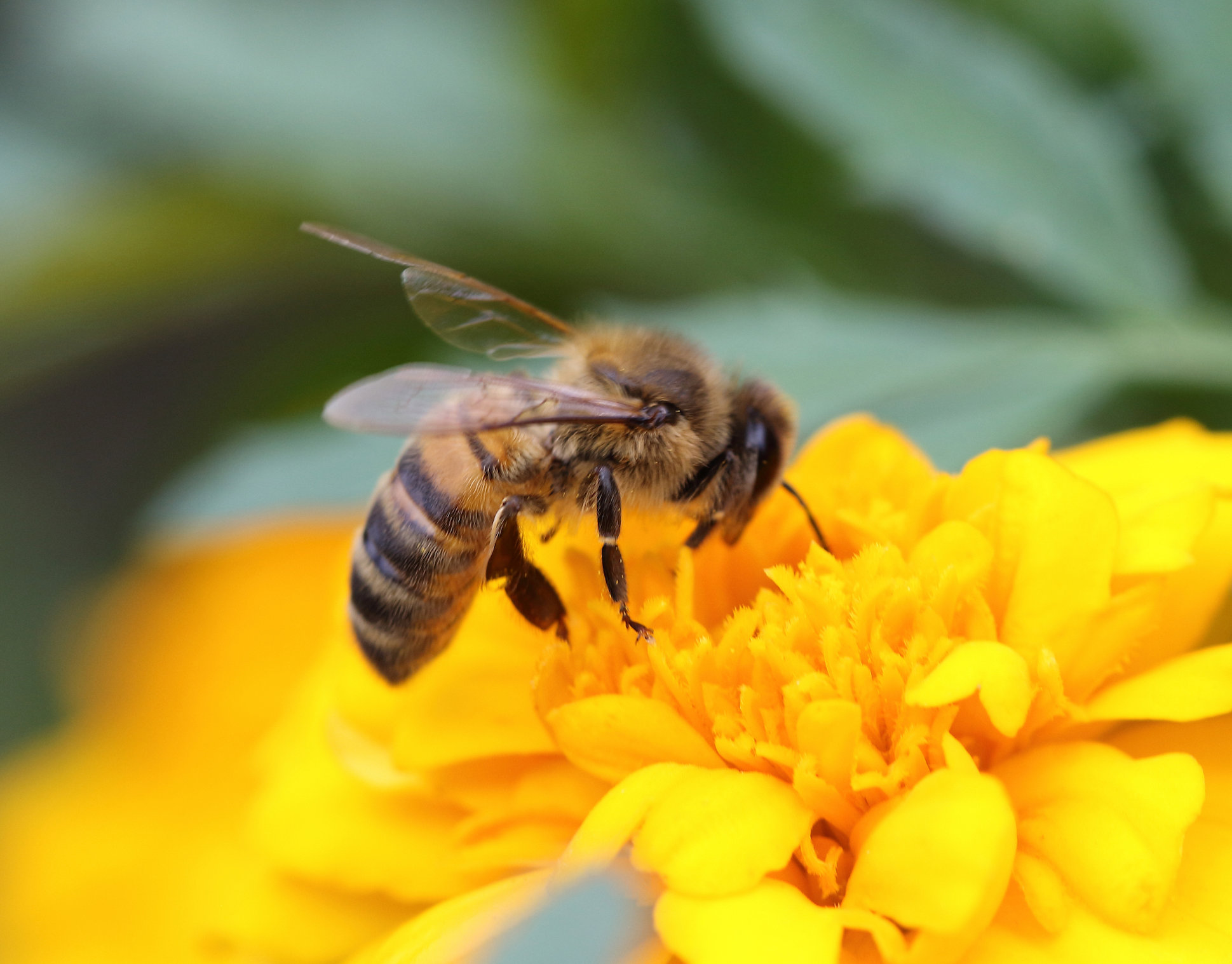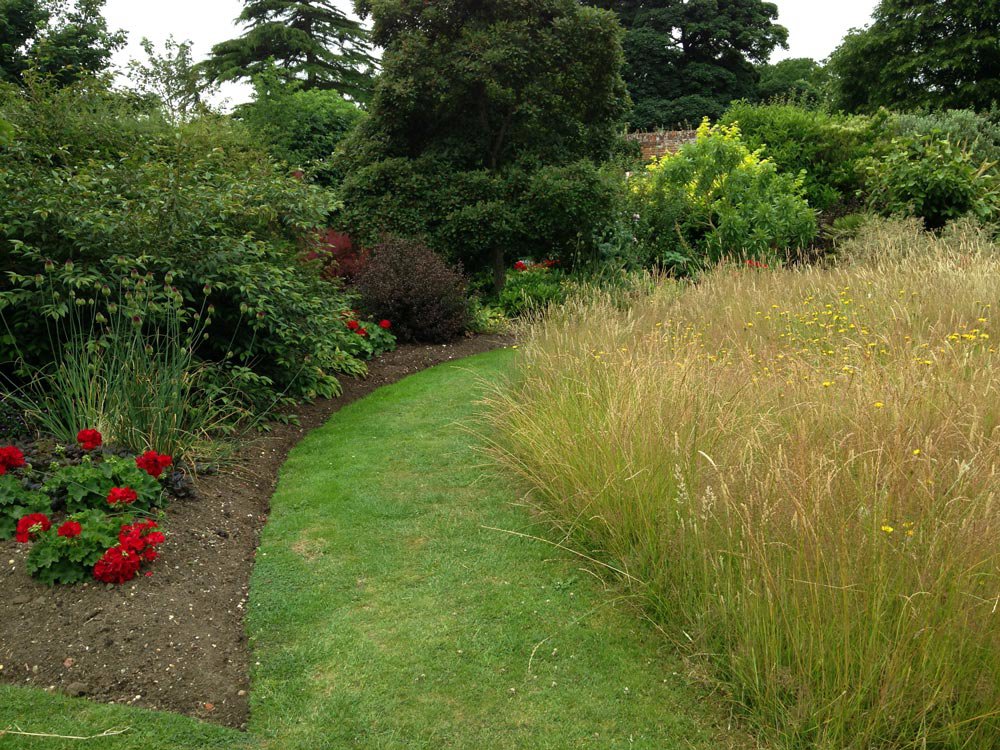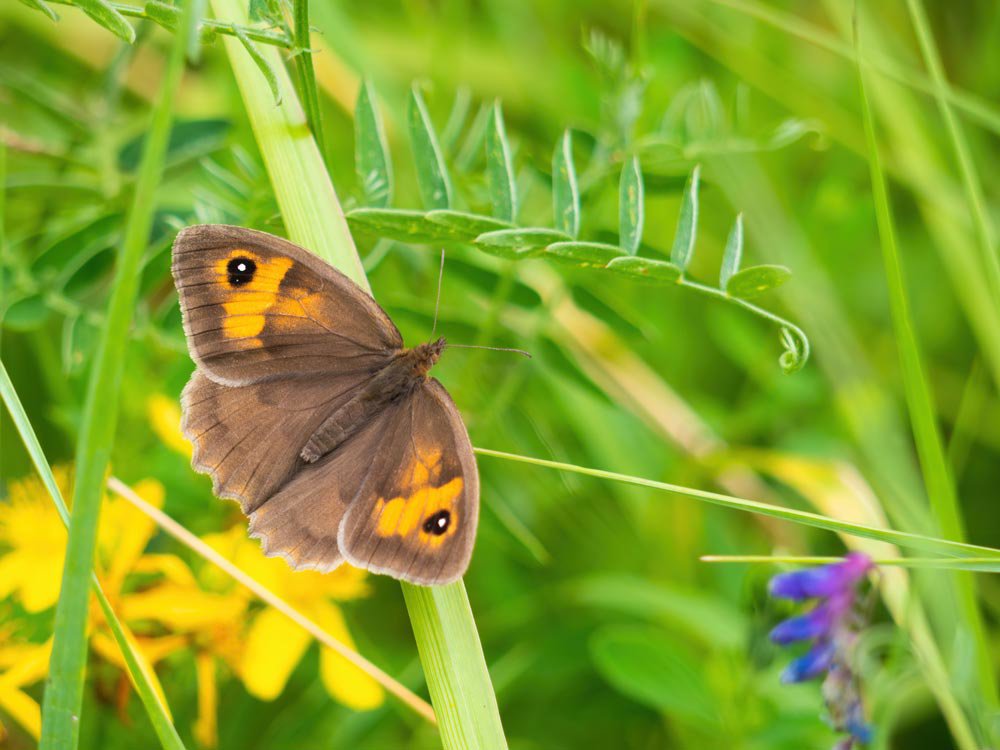
No Mow May
No Mow May is organised the the UK Charity Plantlife and is reportedly supported by His Majesty King Charles. According to The Charity, leaving lawns uncut can help to increase the diversity of flowers and plants in an area. This in turn can provide food and shelter for bees and other pollinators.

Will You Liberate Your Lawn With No Mow May?
Every May, we all have a good excuse to leave the lawnmower in the shed and go and do something more interesting instead. No Mow May is the easiest possible way to support garden wildlife and give something back to nature.
No Mow May is organised the the UK Charity Plantlife and is reportedly supported by His Majesty King Charles. According to The Charity, leaving lawns uncut can help to increase the diversity of flowers and plants in an area. This in turn can provide food and shelter for bees and other pollinators.
The No Mow May campaign was started in the UK in 2014 and has since spread to other countries around the world. In 2022 an estimated 1 million people in Great Britain took part in the initiative. But with a strong tradition of having manicured lawns playing a central role in our gardens, why would anybody want to leave their lawn to go wild?

Here Are Some Of The Benefits Of Taking Part In No Mow May
- Helping the creatures at the bottom of our food chain. Did you know that 75% of the crops that humans grow for food rely on pollination by wild creatures? And that one third of the food we eat is dependant on pollinators? Without pollinators our diets would be less varied and arguable less nutritious. Food crops only flower for some months of the year, Once the fruit trees and the oilseed rape have finished flowering, there is a big drop in the food supply for pollinating insects, but they still need to eat. By provide pollinators with the habitat and the food they need to survive we are helping to ensure their survival.
- Improving biodiversity. Leaving your lawn uncut can help to increase the biodiversity of your garden. This is because it will create a wider range of habitats for different plants and animals. Not only will that bring more interest into your garden, it will help support the wildlife in our towns and villages.
- Saving water. The soil beneath close mown lawns is prone to drying out as water evaporates from the surface on hot days. Taller grasses and plants shade the soil and reduce evaporation. That’s why in No Mow May you’ll notice that the long grass stays greener for longer during a heatwave. Keeping the soil moist using natural methods like this saves watering the garden and benefits all of your plants - not just the lawn.
- Reduces Carbon Footprint. Mowing the lawn uses tools and energy. Taking part in No Mow May means, you won’t be using petrol, oil or electricity to fuel your lawnmower.
- Saves Money. If you are not using fuel or electricity to run your lawnmower, you won’t be paying for it. It’s a small saving, but worth it.

How To Take Part In No Mow May
Taking part in No Mow May couldn’t be simpler. Just don’t mow your lawn. You could also complete the very brief questionnaire on the Plantlife website to help the charity monitor the effectiveness of their campaign. But there’s no obligation to do so. You’ll find a link to the questionnaire at the end of this article.
You may decide to let all of your lawn grow longer, or you might want to get creative by mowing paths and play areas amidst the long grass. Mowing a strip just around the edge of your lawn will make the long grass look deliberate - rather than unkempt.
Its entirely optional to keep a record of the different species you see in your longer lawn, but it does make No Mow May more interesting, particularly if you have children. Keep an eye out for grasshoppers, bumble bees, butterflies and moths. If you feel like really getting engaged with nature, why not build a moth trap and see what you catch. Just be sure to release the moths once you’ve identified them.
What Happens After No Mow May?
Please don't scalp your lawn on the 1st of June. If you like the more natural look, you can keep on nurturing the long grass until it sets seed and starts to fall over.
When you do decide to mow your lawn, please don’t shock the plants by cutting it too short, too quickly. Otherwise you’ll have a big brown patch in your lawn. Bring the length of the grass down to 8-10 cm to begin with be sure to remove all of the clippings. From that point, mow regularly and gradually lower the cutting bar being sure to leave at least two thirds of the grass length standing.
If you’re looking for a way to help the environment and save money, No Mow May is a great option. So why not give it a try this year?
Visit the Plantlife website to join the No Mow May campaign.
https://www.plantlife.org.uk/campaigns/nomowmay/#
For more tips on how to maintain your lawn and garden, Read our blog. https://www.landscaper.org.uk/landscaping-guidance/how-to-maintain-your-garden

